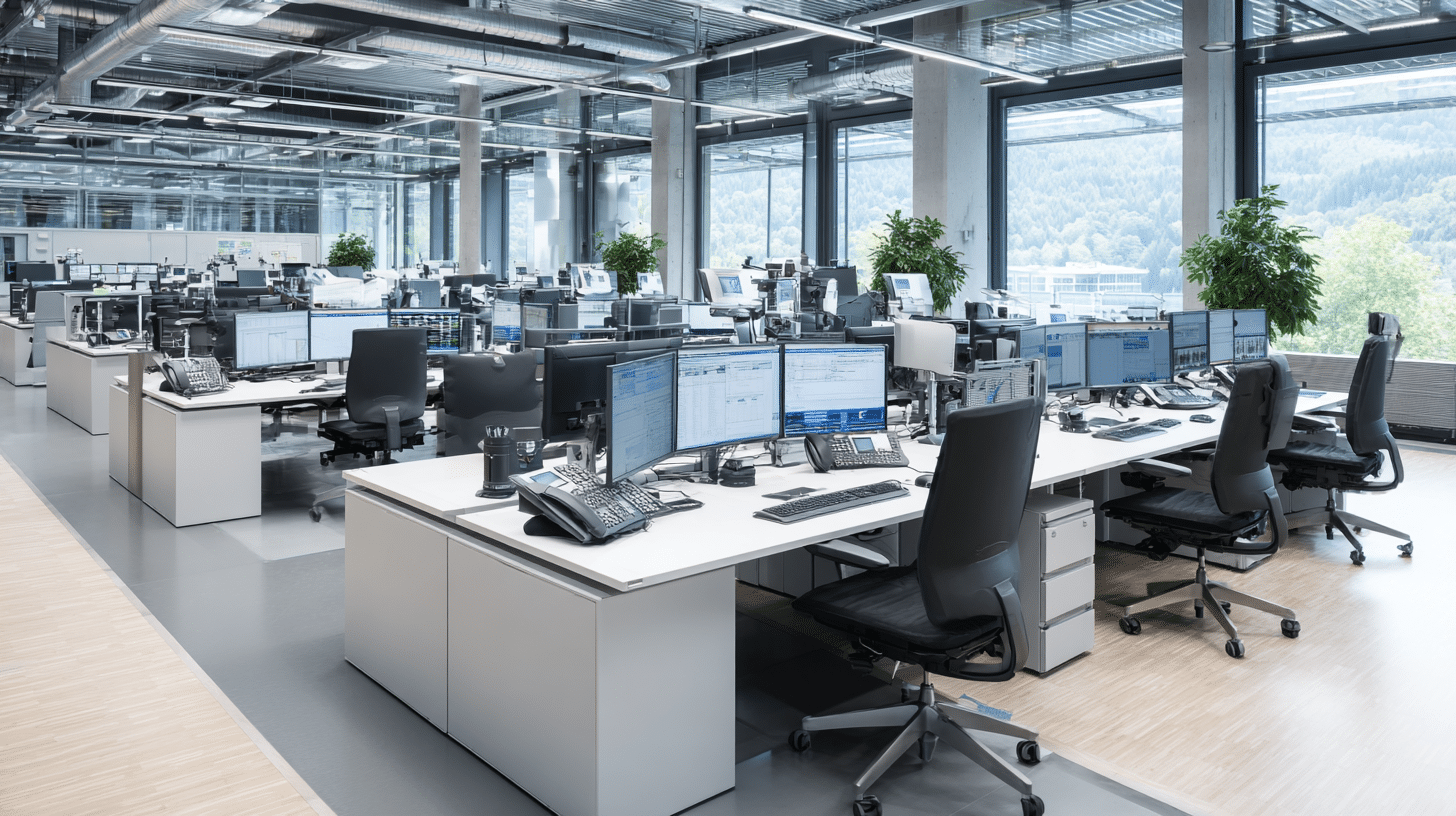At a time when speed and adaptability are crucial, monolithic ERP systems are a drag. Instead of enabling agility, they hinder digitalization. Companies come to a technological standstill. Unfortunately, you can’t simply get rid of an ERP system. One approach is to reduce monolithic ERP systems to their core functions and build agile “speedboats” around the ERP system with modern software that take over dedicated functions. Becoming more modern step by step. Here are some practical tips.
Integration and interoperability: cornerstones of modernization
Constant technological change constantly poses new challenges for the seamless integration of software products into existing system landscapes. Open standards and application programming interfaces (APIs) are invaluable in this respect. They enable communication between different technologies and ensure a smooth flow of data. This is crucial for implementing innovations quickly and strengthening competitiveness.
Overcoming outdated systems: a strategic approach
Many companies struggle with outdated systems that tie up resources and inhibit innovation. The problem becomes particularly acute when software such as SAP needs to be updated. The strategy of reducing ERP solutions to their core functions and simultaneously developing agile software solutions based on legacy systems promises a remedy. These “speedboats” enable rapid adaptation to market changes and facilitate digital transformation without having to completely replace existing IT structures.
Key strategies for digital transformation
Modular architecture: The transition to a modular architecture, where large systems are split into smaller, independent modules, increases adaptability to new technologies and business requirements. This flexibility is crucial for updating specific functions or services.
Open standards and APIs: Promoting the use of open standards and APIs is crucial for ensuring interoperability between different systems and applications. They facilitate the integration of new software solutions into the existing IT infrastructure and create a flexible digital environment.
Use of cloud technologies: Cloud services are a key building block for modernizing outdated systems. They offer the necessary scalability and flexibility and support the implementation of software-as-a-service (SaaS) solutions, which are a cost-effective and low-maintenance alternative to conventional systems.
Agile development practices: Agile methods such as Scrum or Kanban optimize software development through collaborative work and rapid iterations. They enable companies to react efficiently to changes and bring products or services to market quickly.
Transforming monolithic ERP systems into an agile, flexible IT landscape is no easy undertaking, but it offers immense advantages for companies that want to remain competitive in the digital era. By focusing on core functions and implementing dedicated speedboats, companies can accelerate their digital transformation without sacrificing the benefits and security of their ERP system. With the right strategies, technologies and a culture of collaboration, companies can overcome the challenges of digitalization and prepare for the future.



